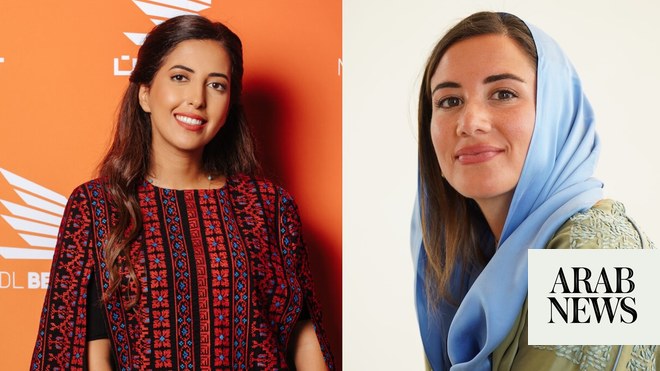Dubai: Long considered a crossroads of the cultures of the Far East, South Asia, Europe and the Americas, Dubai's strategic global location has made it a pivotal place for cultural exchange. The 17th edition of Art Dubai, which concludes on March 3, embodies the Gulf city's unique location and cosmopolitan nature, especially for artists and cultural platforms from the Global South.
The “Global South” has been a buzzword for some time, and largely refers to many countries around the world that are sometimes described as “developing” with the majority, though by no means all, located in the Southern Hemisphere, most of which are in Africa, Asia and Africa. Middle East and Latin America.

Work by Saudi artist Abdul Sattar Al-Mousa at Art Dubai. (supplied)
This year, Art Dubai welcomes more than 120 exhibition presentations, drawn from more than 60 cities and more than 40 countries across four sections: Contemporary, Gateway, Modern Art Dubai and Art Dubai Digital. More than 65% of galleries come from regions that make up the Global South.
“Art Dubai has been focusing on the Global South for the past eight years,” Pablo del Val, artistic director of Art Dubai, told Arab News. “We are trying to deepen the conversation about the Global South and also about issues around displacement and how the Global South is present in the suburbs of Paris and Los Angeles.
“For us, the Global South is actually more of a state of mind than of geography,” Del Val added. “We are very interested in showing how this idea reflects the times in which we live.”
Equally important, del Val confirms that this year's Gateway Expo section is curated by Emiliano Valdés under the slogan “Sanación/Healing”. It will include a series of new performances and events focusing on ideas of spirituality, introspection, community, and the power of art to help humans get through difficult times by embracing loneliness.
Among the artists participating in this section are a number of names from the so-called Global South, including Argentine artist, choreographer and dancer Cecilia Bengolia, Kerala-born and Berlin-based artist Sajjan Mani, Debashish Paul from the state of West Bengal in India, and Palestinian artist Mirna Bamieh. And Indian artists Mithu Sen and Emirati creator Hashel Lemki.
Participating galleries at Art Dubai originate from cities such as São Paulo, Bogotá, Tehran, Dubai, Mumbai and more, and build on the fair's commitment to representing and championing art from the Global South. These exhibitions include Aisha Al Abbar Gallery, among the first galleries in Dubai to focus on contemporary and modern art by Emirati, local and regional artists, which displays a solo booth of works by Emirati artist Alia Hussein Lootah; Dastan Gallery from Tehran, Iran, is dedicated to promoting contemporary Iranian art globally and presents a dynamic group of emerging and established artists from Iran, including Reza Aramesh, Fereydoun Avi, Farah Asouli, Sahand Hesamian, and the Ghasemi Brothers; Gallery One from Ramallah, Palestine, displays the works of Libyan artist Samira Badran and Palestinian Manal Mahamid; and Galeria Espacio Continuo from Bogotá, Colombia, a gallery opened in 2020 dedicated to showcasing an exclusive program of local artists highlighting the dynamic abstract works of Miller Lagos and Ana María Rueda.
In addition, the Global South is strongly represented in the modern section of the exhibition, curated by Dr. Christiana Bonin, which traces the emergence of new modernities across the Global South through the works of modernists from Syria, Egypt, Uganda, and Sri Lanka who exhibited and taught in the Global South. The Soviet Union in the 1960s.
Another talent from the Global South playing a key role in the event is Goa-based artist Sahil Naik who created the fourth edition of ARM Holding for Kids. It will be launched at the exhibition before expanding to include more than 100 schools and 15,000 students.
“It will encourage children to imagine small worlds and environments based on ideas of their homes, their environment, and how cities are actually shaped and designed,” Benedetta Gioni, executive director of Art Dubai, told Arab News. “He will ask them what makes a home, how we imagine the future, etc…. In these programs we try to encourage children to think about the world through the lens of culture and creativity.”
“The children’s program continues to grow beyond the gallery,” Ghione added. “For eight weeks after the exhibition, we will go to more than 100 schools and reach more than 15,000 children. This program continues to grow and now reaches all seven emirates.

